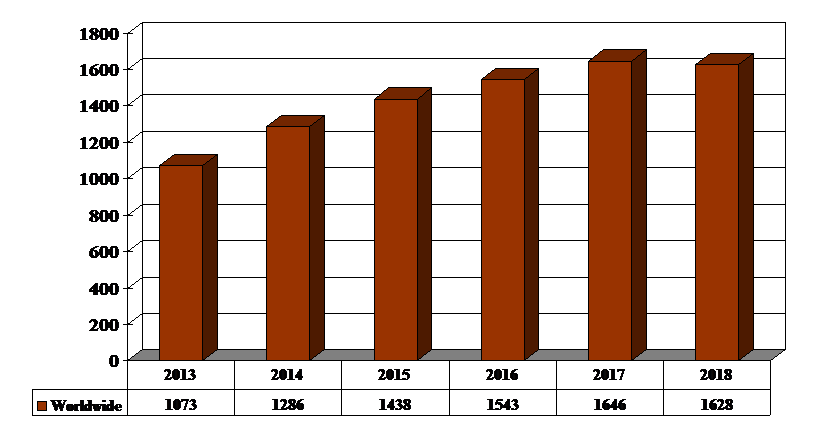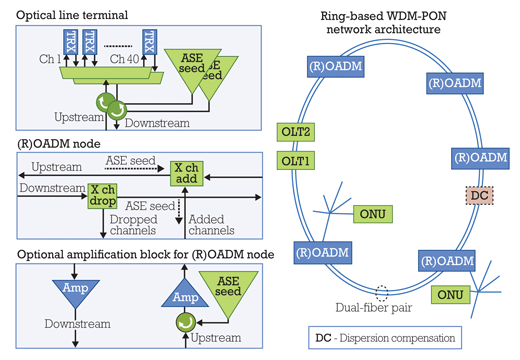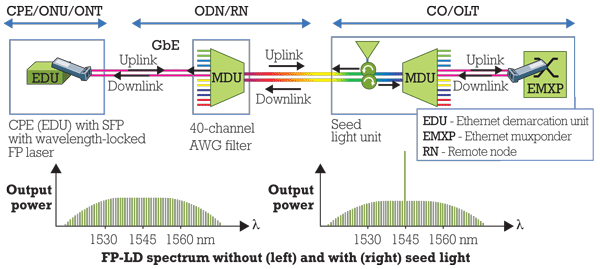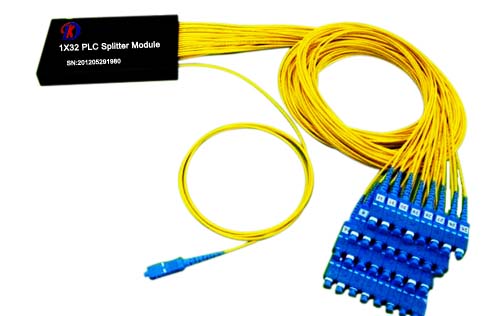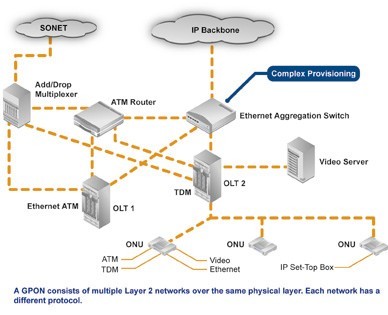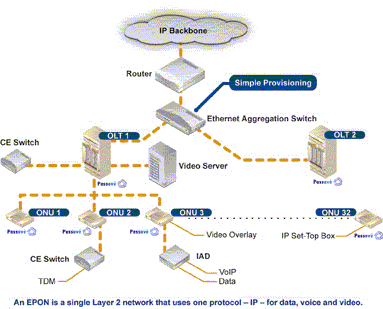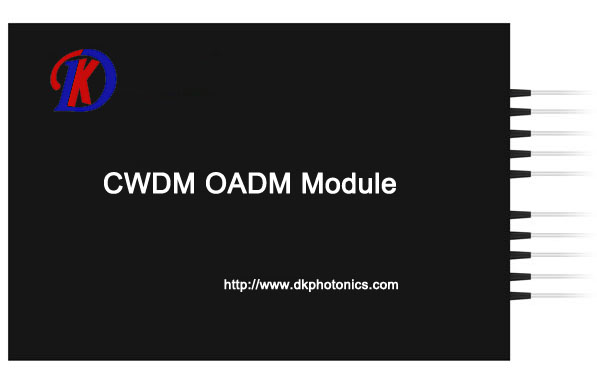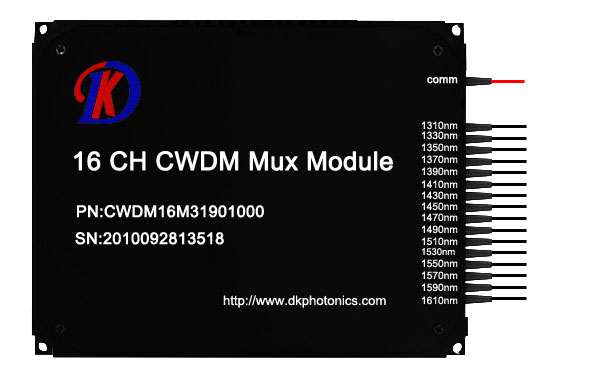According to ElectroniCast, the worldwide value of FSO link devices in stationary non-military/aerospace applications was $33.49 million in 2013…
Aptos, CA (USA) – January 24, 2014 —ElectroniCast Consultants, a leading market research consultancy, today announced the release of a report presenting their market analysis and forecast of Free Space Optics (FSO) communication links used in non-military/aerospace applications.
The global consumption of fixed-location (stationary) Transmitter/Receiver (T/R) links (pairs) used in non-military/ aerospace Free Space Optic system equipment was $33.49 million in 2013, up 11 percent from $29.83 million in 2012. Free Space Optic (FSO) Transmitters and Receivers (pairs) used in link equipment with a range capability of less than 500 meters or less led in relative market share in 2013 with a global consumption value of $23.06 million.
According to the Free Space Optics Global Market Forecast & Analysis (January 2014), FSO is a line-of-sight (LOS) technology that uses directed laser beams, which provide optical bandwidth Transmitters and Receivers to link voice, video, and data intelligent transfer. A single FSO link product (from point A to point B) often may incorporate multiple transmitters along with receiver/s to ensure adequate performance, in case of interference.
Free Space Optic communication links can be installed along railroad/subway tracks, tunnels, airport terminals, parking lot/structures or other major un-obstructed right-of-way (ROW); outdoors on building rooftops (building-to-building and/or campus), exterior walls, towers, indoors (aimed out a window), or any combination; however, a direct line-of-sight and appropriate distance are required to enable a Transmitter/Receiver Link between two points (point-to-point).
FSO-based products accommodate Ethernet-based protocols, SONET/SDH, ATM, FDDI and other standard and proprietary protocols. Products can be used for metropolitan (Metro) network extension; DWDM services, access/last mile, wireless backhaul, disaster recovery (testing and communications), storage area networks (SANs) and LAN/first mile/FTTx, and an almost endless list of other solutions.
The increase in the consumption of FSO links in the America region will be attributed to not only continued upgrades and network facilitation in the United States and Canada, but partly from the accelerating economic growth of major cities in Latin America. Other market dynamics in the American region are increases in communication links needed for growing infrastructures, such as mass transit, security systems, broadcast and telecommunications.
European inner-city urban areas typically are difficult for wire-lines, including optical fiber cable installations; therefore, this fact promotes FSO or other wireless solutions. The APAC region has advanced communication technology deployed especially in Japan; however, other countries, such as Australia, China and India, are not as advanced in campus-wide and metropolitan optical communication deployment.
The APAC region has rapidly expanding market opportunities and therefore, our forecast shows the region with the fastest growth (2013-2019), with the region taking over the leadership position later on in the forecast period.
According to ElectroniCast, the APAC region is forecast to eventually take the lead in terms of relative market share of non-military/aerospace FSO-Links…
Non-Military/Aerospace
FSO Global Consumption Value Market Share (%), By Region
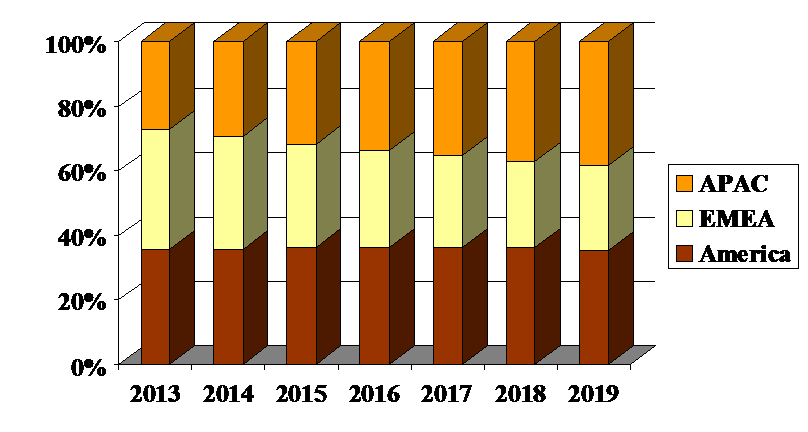
Source: ElectroniCast Consultants
DK Photonics – www.dkphotonics.com specializes in designing and manufacturing of high quality optical passive components mainly for telecommunication, fiber sensor and fiber laser applications,such as PLC Splitter, WDM, FWDM, CWDM, DWDM, OADM,Optical Circulator, Isolator, PM Circulator, PM Isolator, Fused Coupler, Fused WDM, Collimator, Optical Switch and Polarization Maintaining Components, Pump Combiner, High power isolator, Patch Cord and all kinds of connectors.

